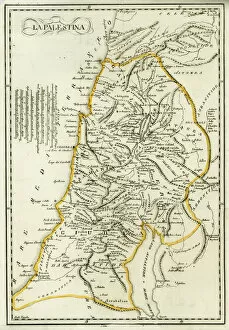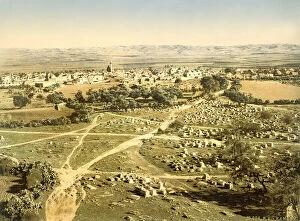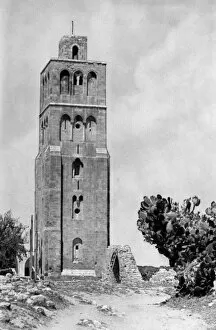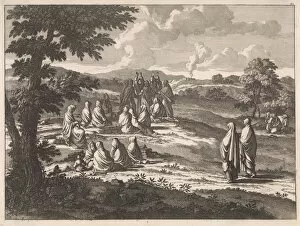Ramla Collection
Ramla, a captivating destination nestled in the heart of the Mediterranean, holds a rich tapestry of history and culture
For sale as Licensed Images
Choose your image, Select your licence and Download the media
Ramla, a captivating destination nestled in the heart of the Mediterranean, holds a rich tapestry of history and culture. From its enchanting Ramla Bay in Gozo, Malta to the ancient ruins scattered across Palestine and Israel, this European gem offers an array of wonders to explore. In Western Israel lies the Tomb of a Moslem saint, standing as a testament to centuries-old traditions and beliefs. Further eastward stands the Tower of Ramleh, an iconic structure that has witnessed countless chapters unfold in Holy Land's tumultuous history. Transporting us back to c. 1880s Holy Land is an image showcasing the tower alongside the White Mosque - remnants from times long gone but still echoing with stories untold. Alongside it lies ruins on the road between Ramla and Jerusalem, offering glimpses into life during 1800s Israel. A map from circa 1800 paints a vivid picture of Palestine's diverse landscape while highlighting Ramla's significance within it. The tower of Mosque of Ramleh takes center stage in another snapshot capturing ruined vaults nearby - relics whispering tales from ages past. Shifting our focus towards Europe, we find ourselves captivated by views depicting the town of Ramleh with its cemetery foregrounded against stunning architecture dating back to c. 1880-1900 (photochrom). Meanwhile, Crusaders Church ruins stand as silent witnesses to medieval times when knights roamed these lands. Venturing beyond borders brings us closer to Malta's picturesque shores where Ramla Bay or "Ramla l-Hamra" awaits visitors with its red sand beaches - believed by legend to be Ulysses' landing spot during his visit with Calypso according to Homer s epic tale. Lastly, we catch sight of Ferdinand von Quast's masterpiece: Church of Johanniter Knight Order in Ramla (after 1849), symbolizing control over spiritual realms amidst this historical backdrop.









